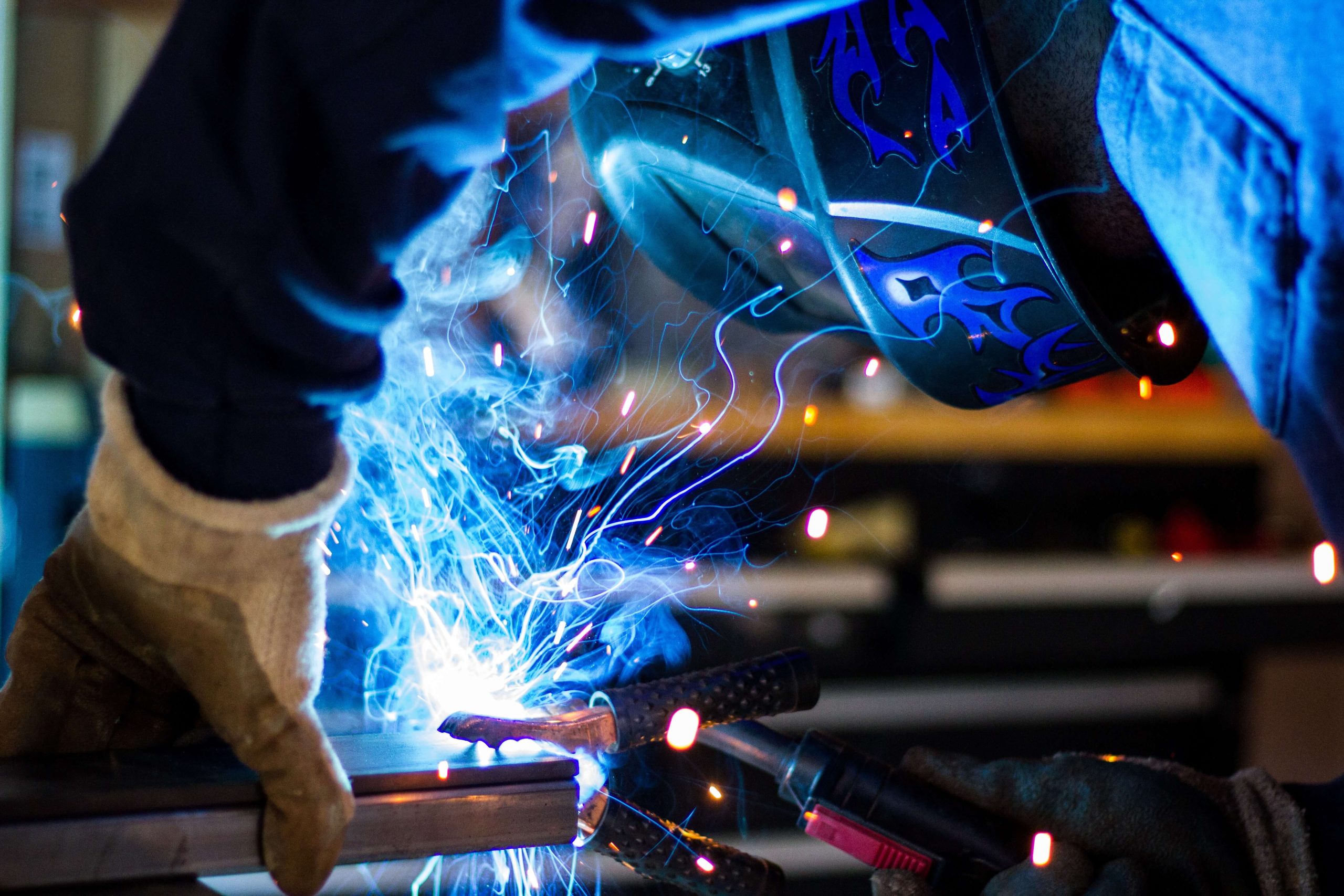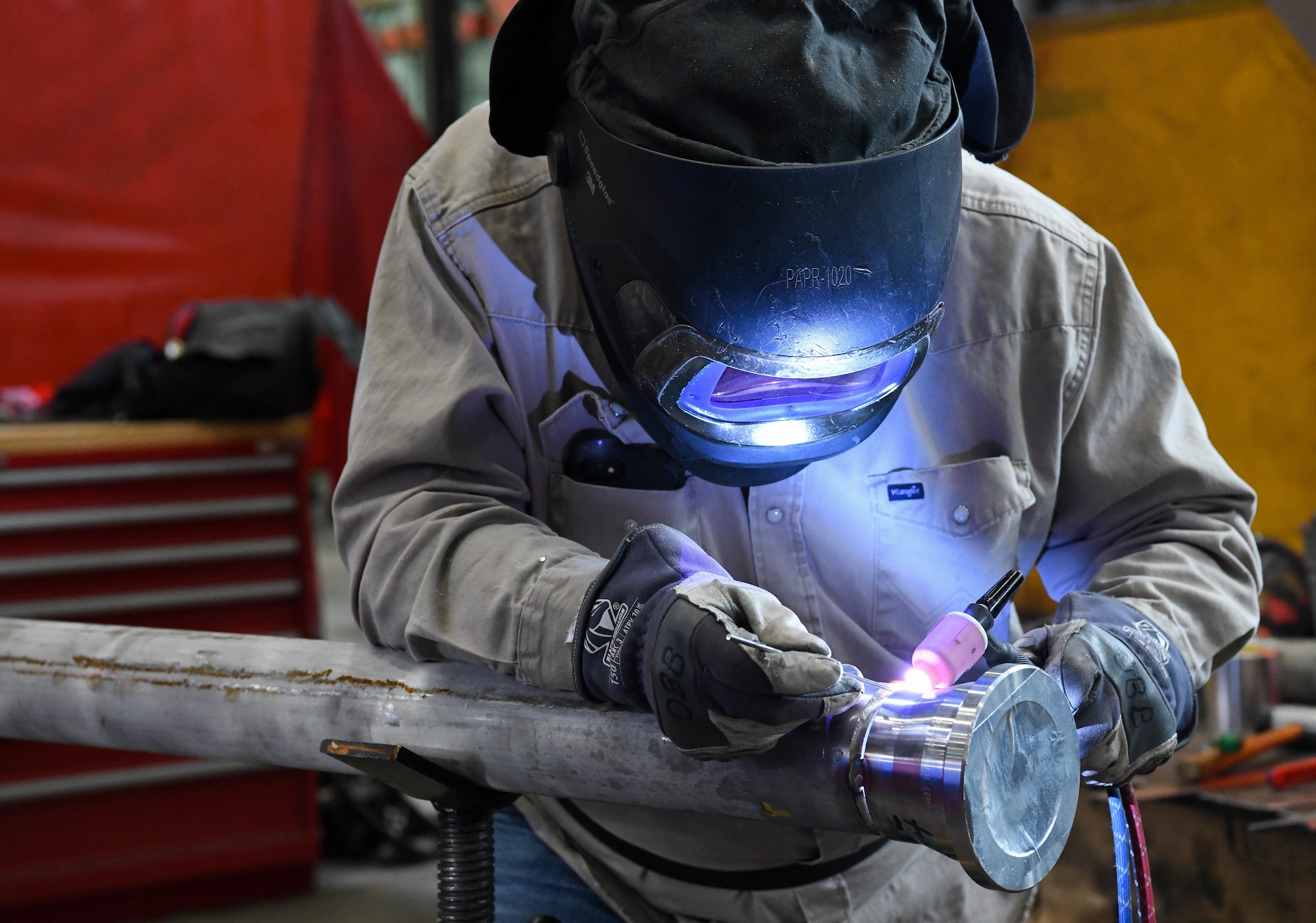Usual Welding Repair Issues and Just How to Address Them Efficiently
Welding repair services often encounter a variety of problems that can threaten the integrity of the end product. Usual problems consist of inadequate infiltration, porosity, and misalignment, among others. Each flaw provides distinct challenges that need particular strategies for resolution. Recognizing these issues is crucial for welders intending to boost their skills and outcomes. This discussion will explore these usual welding fixing problems and reliable methods to resolve them.
Inadequate Infiltration
Poor penetration happens when the weld steel stops working to fully fuse with the base material, leading to weak joints and possible structural failings. This issue commonly comes from not enough warm input, incorrect electrode angle, or improper welding rate. Welders may encounter poor infiltration due to a mistake of the required specifications for a details material density or type. Furthermore, contamination on the base product's surface area can impede efficient bonding, aggravating the problem. To attend to poor infiltration, welders need to guarantee appropriate settings on their devices and maintain a tidy work surface area. Routine assessment of welds is advised to identify any type of deficiencies early, enabling prompt improvements and the avoidance of compromised architectural honesty in welded settings up.
Porosity
Porosity is a typical flaw in bonded joints that shows up as little gas bubbles trapped within the weld metal. This issue can endanger the integrity of the weld, bring about decreased toughness and prospective failure under tension. Belgrade. Porosity generally develops from contamination, moisture, or inappropriate welding methods, which permit gases to get away right into the molten weld swimming pool. To address porosity, welders must guarantee correct surface preparation, keep a clean workplace, and use ideal welding criteria. Furthermore, selecting the right filler material and securing gas can minimize gas entrapment. Routine assessment and screening of welds can aid identify porosity early, assuring prompt corrective actions are taken, thus preserving the top quality and dependability of the bonded structure
Imbalance
Imbalance in welding can arise from various variables, including inappropriate arrangement and thermal development. Recognizing the origin triggers is essential for efficient resolution. A number of correction methods are offered to realign elements and guarantee structural honesty.
Causes of Imbalance
Welding imbalance usually stems from a range of underlying concerns that can endanger structural honesty. One key cause is inappropriate fit-up of elements prior to welding, which can lead to gaps and unequal surfaces. Variations in thermal expansion throughout the welding procedure can additionally result in distortion, particularly if the products being signed up with have various coefficients of growth. Furthermore, poor clamping and fixturing may fall short to hold parts safely in location, leading to movement throughout welding. Inadequately maintained equipment, consisting of welding makers and devices, may introduce disparities in the weld bead, more contributing to imbalance. Driver mistake, stemming from not enough training or experience, can additionally play a significant role in developing misaligned welds.

Correction Strategies Readily Available
Attending to imbalance efficiently calls for a combination of corrective methods customized to the particular concerns available. One common approach is making use of jigs or components to hold parts in the proper position throughout welding, guaranteeing constant placement. Furthermore, preheating the products can aid reduce distortion and boost fit-up. For significant imbalance, mechanical realignment techniques, such as utilizing hydraulic jacks or clamps, can be employed to correct the setting before welding. Post-weld heat treatment might additionally be essential to eliminate stresses brought on by imbalance. Cautious evaluation and change throughout the setup phase can stop misalignment problems from becoming significant problems, advertising a smoother welding process and improving general structural integrity.
Distortion
Distortion is a typical difficulty in welding that can arise from numerous factors, consisting of uneven heating & cooling. Comprehending the root causes of distortion is vital for applying reliable avoidance strategies. Resolving this problem not only boosts architectural honesty however likewise boosts the general high quality of the weld.
Causes of Distortion
When based on the extreme warm of welding, products often undertake modifications that can lead to distortion. This sensation primarily occurs from thermal growth and contraction during the welding procedure. As the weld location warms up, the product increases; upon cooling, it acquires, which can produce internal stresses. On top of that, irregular heating throughout a work surface can exacerbate these tensions, leading to warping or flexing. The kind of material additionally plays a significant role; metals with varying thermal conductivity and coefficients of development may respond differently, leading to uncertain distortions. Additionally, bad joint design and poor fixturing can add to imbalance during welding, boosting the probability of distortion. Comprehending these causes is essential for efficient welding fixing and avoidance approaches.
Prevention Techniques
Efficient avoidance methods for distortion throughout welding focus on managing warmth input and ensuring appropriate joint design. Keeping a regular heat input assists to reduce thermal expansion and tightening, which can lead to distortion. Utilizing methods such as preheating the work surface can also minimize the temperature level slope, advertising consistent home heating. In addition, choosing suitable joint layouts, such as T-joints or lap joints, can enhance security and minimize stress focus. Executing appropriate fixturing to secure the work surfaces in area better aids in keeping alignment throughout the welding process. Staggered welding sequences can distribute warm more equally, stopping localized distortion. By using these approaches, welders can substantially reduce the likelihood of distortion and boost the total quality of their welds.
Breaking
Splitting is a typical concern run into in welding repairs, typically resulting from numerous variables such as improper air conditioning sites rates, material selection, or insufficient joint prep work. The incident of cracks can significantly endanger the stability of the weld, resulting in prospective failures during procedure. To address this concern, welders need to first evaluate the origin, making sure that products are suitable and appropriately chosen for the specific application. Furthermore, managing the cooling rate during the welding process is important; fast air conditioning can cause anxiety and bring about cracking. Proper joint layout and prep work also add to decreasing the risk. Implementing these approaches can enhance weld high quality and longevity, ultimately reducing the likelihood of cracking in completed weldments.

Insufficient Combination
A substantial concern in welding repair services is incomplete fusion, which happens when the weld metal does not appropriately bond with the base product or previous weld passes - Belgrade. This defect can bring about weaknesses in the joint, possibly jeopardizing the stability of the welded framework. Elements adding to insufficient blend include inadequate heat input, improper welding technique, and contamination of the surface areas being signed up with. To address this problem efficiently, welders must guarantee correct pre-weld cleaning and surface prep work, as well as adjust their welding criteria to attain appropriate penetration and blend. Regular evaluation during the welding process can likewise help determine incomplete fusion early, allowing for prompt rehabilitative procedures to enhance the general high quality of the weld
Overheating
While welding repairs can boost architectural integrity, overheating provides a significant difficulty that can cause product degradation. Too much heat throughout welding can change the mechanical buildings of metals, leading to reduced toughness, raised brittleness, and warping. This sensation is especially vital in high-stress applications where architectural dependability is extremely important. Identifying getting too hot can involve aesthetic assessments for staining or distortion, in addition to monitoring temperature during the welding procedure. To minimize the dangers connected with overheating, welders need to employ ideal methods, such as controlling heat input, adjusting travel speed, and making use of suitable filler materials. Furthermore, executing pre- and post-weld warmth therapies can aid bring back product residential properties and enhance the total quality of the repair, guaranteeing long-lasting performance and safety.
Frequently Asked Concerns
What Are the Common Indications of a Welding Flaw?

How Can I Evaluate My Welds for High quality?
To test welds for top quality, one can use aesthetic examinations, ultrasonic testing, and radiographic approaches. Each technique guarantees architectural integrity, recognizes flaws, and validates adherence to specified requirements, eventually enhancing the reliability of the bonded joints.
What Security Precautions Should I Take While Welding?
When welding, one need to prioritize safety and security by using ideal personal safety tools, ensuring appropriate air flow, safeguarding combustible products away, keeping a tidy work area, and recognizing environments to avoid injuries and crashes.
Can I Repair a Weld Without Renovating the Entire Joint?
Fixing a weld without redesigning the entire joint is possible, relying on the damage (Belgrade Welding). Methods such as grinding, adding filler product, or utilizing a welding process can properly resolve details flaws while protecting the bordering structure
What Equipment Are Important for Effective Welding Services?
Crucial devices for efficient welding repair services consist of a welding equipment, wire brush, grinder, safety gear, clamps, and filler products. Each tool plays a crucial duty in making sure quality and safety and security throughout the repair work process. Porosity commonly emerges from contamination, wetness, or inappropriate welding techniques, which allow gases to get away into the molten weld pool. Inadequately conserved tools, including welding makers and tools, may present disparities in the weld grain, additional contributing to imbalance. When subjected to the intense warm of additional resources welding, products frequently undergo adjustments that can lead to distortion. Breaking is a common concern come across in welding repair work, often resulting from numerous factors such as improper cooling rates, material option, or insufficient joint prep work. A considerable problem in welding fixings is incomplete combination, which takes place when the weld steel does not effectively bond with the base product or previous weld passes.